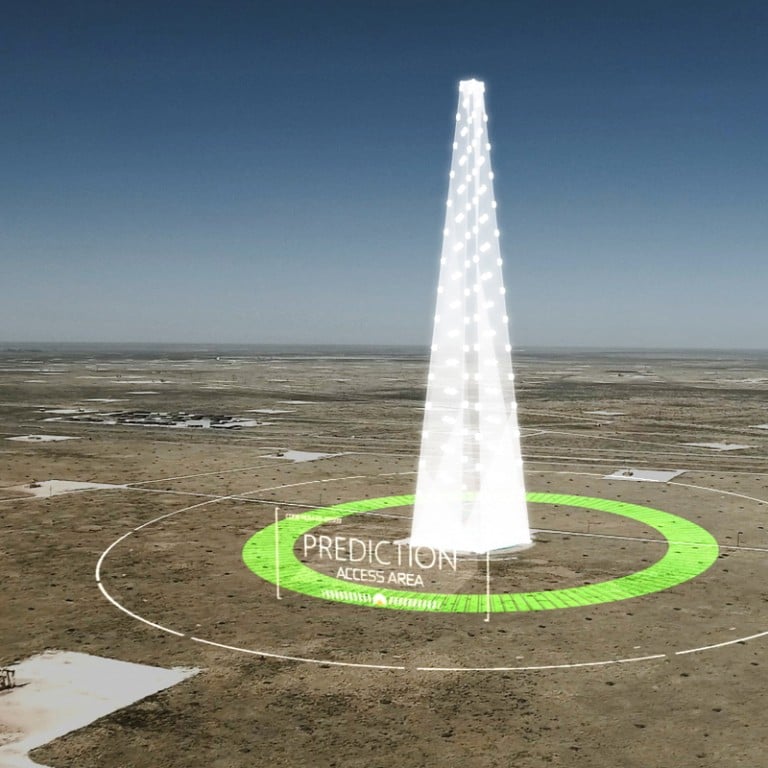
AI advances set to reshape our world
[Sponsored Article]
Microsoft was showing the way in AI (artificial intelligence) and ML (machine learning) even before Covid-19 struck, but the effects of the pandemic have accelerated those advances.
That’s because companies everywhere, obliged to adapt, are now looking to the latest technology to help them streamline workflows and automate many repetitive yet complex business processes.
By doing so, they have immediate opportunities to boost efficiency, improve productivity and cut costs. But they also see the way the world is turning and know that better use of data, digitalisation and analytics is where the future lies.
“AI is a big topic and it is critical at this point in time,” says Ling Yi Chang, AI/machine learning specialist for Microsoft Asia. “We can leverage it to do the tedious stuff, leaving our brains free for some greater good."
At present, she notes, the most frequently asked questions concern back-office automation. Already, solutions are available for RPA (robotic process automation), but adding AI-enabled “process intelligence” - in effect a technical pair of eyes which assess structured data in different ways - creates a new level of possibilities.
If working with a typical client which has HR, finance and procurement teams, the usual first step is to visualise an improved work process and build a comprehensive platform. With this, data can then be collated, aggregated, and accessed from an integrated source, allowing for better collaboration between offices and departments, especially if staff are working remotely.
Microsoft will also look for opportunities to move text into a digitalised form, making it easier to analyse, search or translate documents, extract risky clauses, and consolidate information.
“There is no AI or ML without good ideas and relevant company data to build your basic model,” Chang says. “But scalability is the key to success. Companies want speed, flexibility without chaos, and standardised processes. We are also seeing the adoption of more ready-made services in the last year or two. Even huge enterprises are looking into that as they aim for less work and quicker time to market.”
The insurance sector, she adds, has been particularly keen to adopt AI-enabled innovations to enhance operational efficiency and transform customer service.
For instance, they have pioneered the use of speech-to-text technology for incoming accident report calls, in case people forget what happened at the scene. And almost every insurance company is looking to incorporate OCR (optical character recognition) and hand-writing recognition in the claims process to read forms, process the information, and match it with a policy.

These services are in the cloud and can be called into use by writing a few lines of code. So, if a scanned form is sent to the cloud, with the instruction to use the OCR service to read it, the recognised text result comes back.
“I’m also interested in the second phase,” Chang says. “There could be an ML model in the back end to calculate the potential for fraud in a claim. You can analyse a person’s behaviour and what other policies they have, but that depends on how comprehensive the insurance company’s data platform is.”
In the energy industry, different examples are starting to make an impact. Models using information about households with solar panels, weather patterns and generation rates are being used to predict power consumption more accurately. And the oil and gas sector is benefiting from AI-enabled searches of images, videos, audio recordings and PDFs generated to text to find answers and solve problems.
Until recently, these sources of unstructured data, which also include so much that is now tracked by CCTV and video, were not searchable.
However, image-based ML, or “computer vision”, is making it possible to search quickly and easily for colours, scenes and specific items and to check, for instance, that frontline construction workers are wearing helmets, masks and suitable clothing. It is done by enabling a detection function, with AI helping to “tag” information in the video footage.
This has obvious implications for work, study, company operations and day-to-day life, so everybody needs to take note.
“This year, we want to infuse AI into every conversation with customers, especially when discussing analytics and applications,” Chang says.
The conversations typically cover the hybrid approach to business and technology, as well as Microsoft’s significant investment in enterprise-level security, support for open source software, and development of Natural Language Programming (NLP) models for local languages.
However, they may also touch on the company’s own five “AI for good” initiatives. These focus on health, earth, cultural heritage, accessibility and humanitarian action, using technology and resources to effect positive change.
One recent example is the template for a Covid bot for partners and customers. Customised for different brands, it helps with answers about the outbreak, WHO advice, and information on body types, vaccines and genes.
